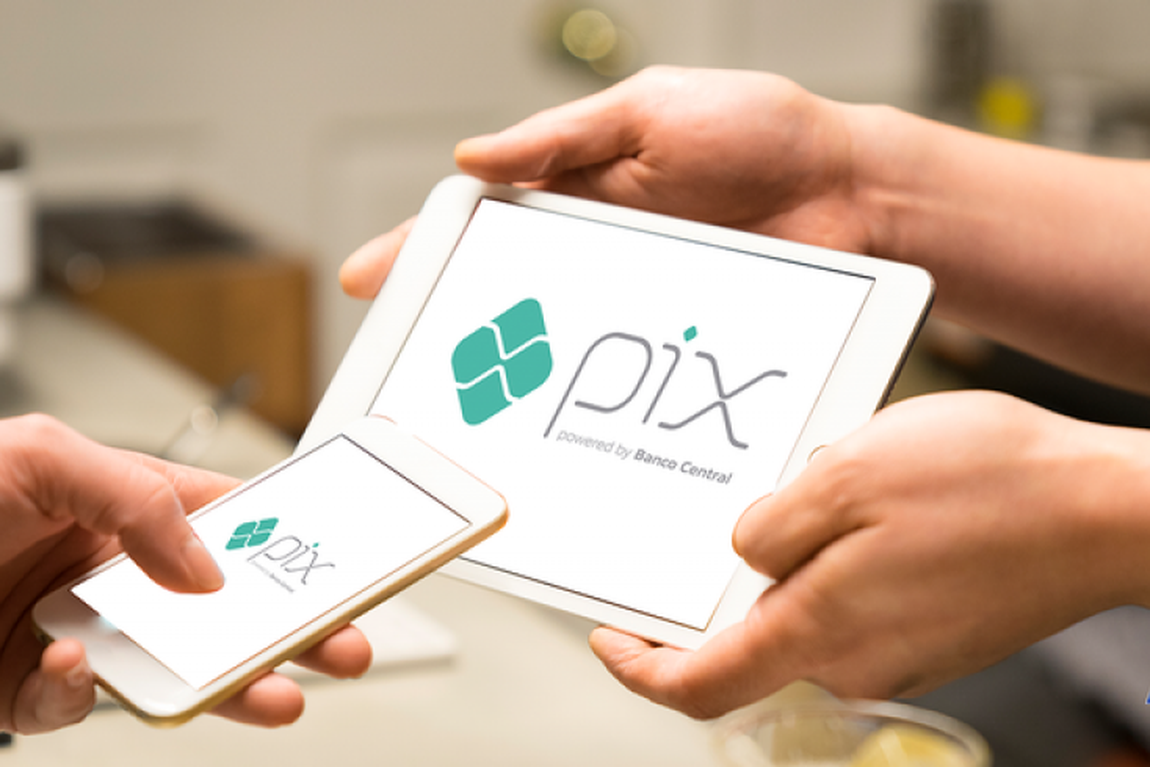RIO DE JANEIRO, BRAZIL – The Central Bank (BC) reported on Monday, October 5th, that by 5 PM, over three million keys had already been registered in the PIX – the Brazilian instant payment system. Yesterday was the first day for customers to register their keys to use the system in financial institutions.
The keys consist of an e-mail, a cell phone number, and ID. Through them, transfers and payments can be made and received through the PIX, which starts operating on November 16th.
As reported by Broadcast, the Central Bank has enabled 677 banks, fintechs, and cooperatives to launch the PIX. By early Thursday evening, October 1st, the Central Bank had issued approval to only 11 institutions to start operating the new payment system. The increase in the number of authorized institutions occurred late last week.

Among the largest banks, Bradesco received endorsement last Wednesday, while Banco do Brasil, Itaú and Santander were authorized on Thursday evening. The Caixa Econômica Federal (Federal Savings Bank) was the last to join the list last Friday.
These institutions had been working to meet the Central Bank’s requirements and pass stress tests, which seek to assess whether they are prepared to support a certain volume of payments per second. These tests are critical to ensure the PIX’s efficiency and security.
The system, which has similar designs in other countries, will be used to enable real-time payments and bank transfers. Large financial operators are forced to join, but the tool has attracted a significant number of cooperatives, fintechs, and financial institutions.
The user key is like a nickname to identify the PIX accounts. Customers can register a cell phone number, e-mail, ID, CNPJ (taxpayer identification number), or an EVP (a 32-digit sequence to be requested at the bank).
Source: Exame

